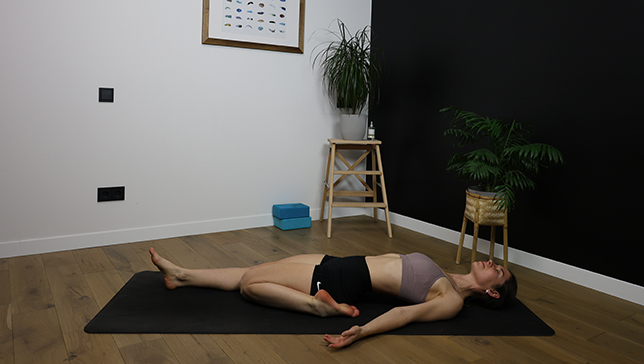
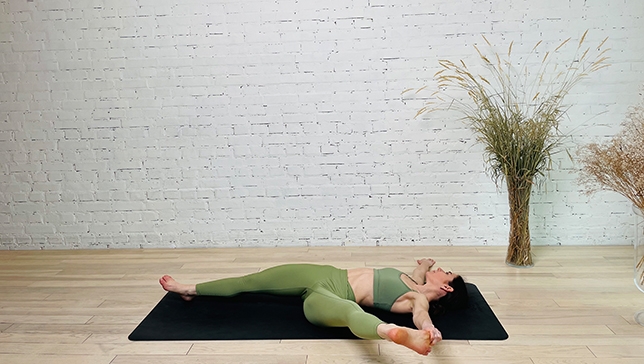
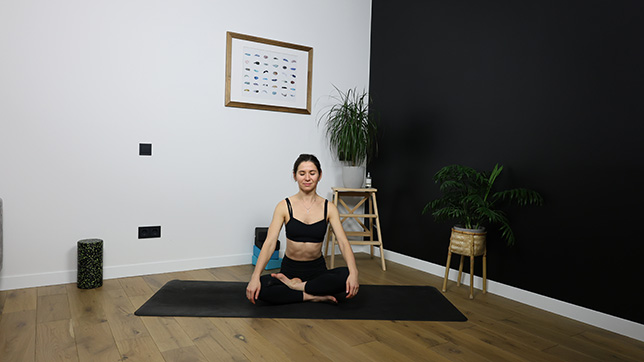
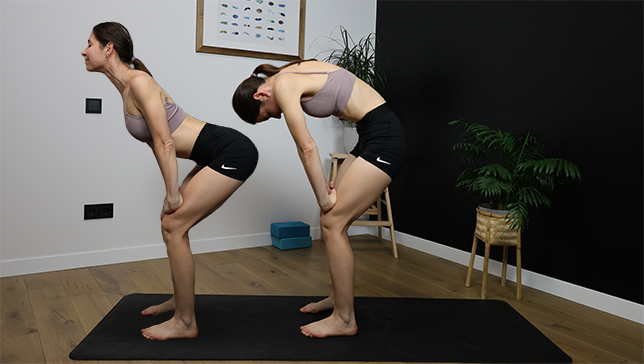


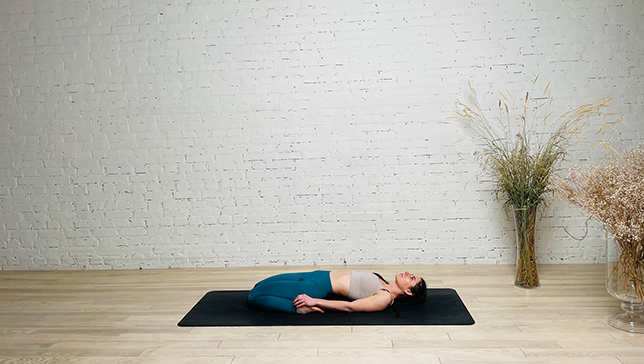
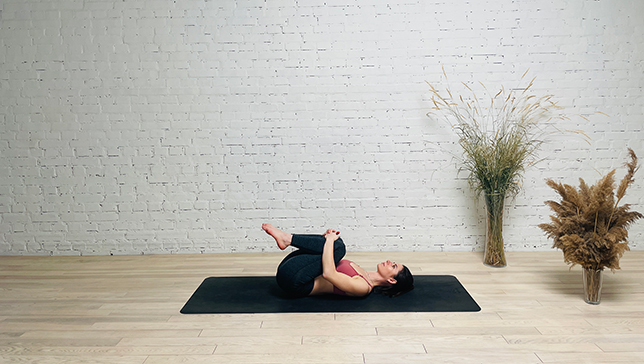
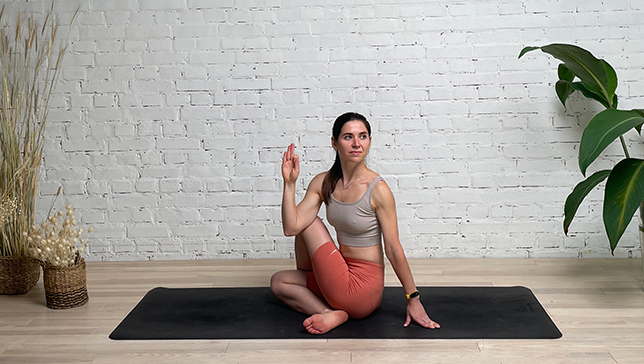
Yoga poses for menstruation are those that can help alleviate menstrual discomfort and promote relaxation. During this time, it's essential to honor your body's needs and avoid intense or strenuous poses.









When practicing yoga during your period, it’s essential to listen to your body and make adjustments that support your comfort and well-being. Here are some tips and considerations for yoga poses during menstruation:
Remember that everyone’s body is different, and what works best during menstruation can vary. Listen to your body’s signals, respect your needs, and tailor your yoga practice accordingly.
Gentle poses can ease menstrual discomfort and tension.
Yoga promotes relaxation, which can alleviate stress-related menstrual issues.
Restorative poses help relax the body and mind during menstruation.
Yoga's positive effects on hormonal regulation may benefit menstrual health.
Poses that stretch the lower back and pelvic area can provide relief from cramps.
Yoga fosters awareness and connection to your body's needs during menstruation.
Strenuous poses may worsen cramps or cause discomfort.
Some inversions may interfere with the natural flow of blood.
Be aware of your body's needs and avoid overexertion.
The practice of yoga inversions (poses where the head is positioned below the heart) during menstruation is a subject of debate in the yoga community. Some yoga traditions and teachers advise against practicing inversions during menstruation, while others believe that gentle inversions are safe.
The main concern with inversions during menstruation is the potential for disrupting the natural downward flow of blood. Inversions may temporarily reverse the blood flow and create pressure in the pelvic region, which could interfere with the body’s natural processes during menstruation.
However, there is no conclusive scientific evidence to support or refute the idea that inversions are harmful during menstruation. Ultimately, the decision to practice inversions during your period is a personal one, and it’s essential to listen to your body and consider how you feel during your practice.